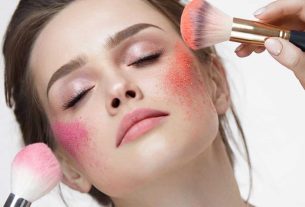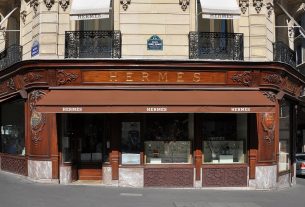Many don’t know, but Asians and black people tend to develop much larger and voluminous scars than people of other ethnicities.
Missaka, the “Japa of Funk”, talks about the topic with authority because she has keloids on her breasts. The fact even makes many people believe that the pop singer had silicone implants placed on her breasts.
“I have keloids due to surgery to remove extra breasts that I had under my armpits and everyone thinks I had silicone implants on my breasts due to the huge scar that was left. But I actually removed my breasts and didn’t put them in,” says Missaka.
The brunette did a lot of research on the subject and discovered that keloids are actually excess collagen, elastic fibers that the body produces.
“Generally, Asian and black people are prone to having keloids. Apart from the aesthetic part, I see this as an advantage of both races. Maybe that’s why they say a lot that Orientals and black people never look their real age and age later. Maybe it’s because of the excess collagen they produce in the body.”
See Also: 7 foods that prevent premature aging
Although keloids occur mainly in childhood and late adolescence, they can appear at any stage of a person’s life.
Missaka discovered that it is possible to prevent or reduce keloids with a type of radiotherapy called betatherapy. The treatment destroys fibroblasts, in addition to preventing them from appearing in other regions of the human body.
Corticosteroid infiltration is also a type of treatment used in keloids. The medicine reduces the scar after relaxing the fibers in the region. All of this with a reduction in circulation in the area, which ends up preventing the problem.
The always good-humored “Japa do Funk” highlights that keloids don’t hinder her at all and exalts the good side of the oriental’s excess collagen.
“I’m not ashamed of my keloid scars knowing that they are nothing more than excess collagen that my body produces. In other words, I have collagen to give and sell (laughs)”, laughs Missaka.
See Also: How is your self-esteem?
The singer, songwriter, actress, dancer and instrumentalist also spoke about what it was like recording her first music video with almost no funding. According to her, the music video for the song “Tá Me Querendo” only got off the ground thanks to the help of friends.
“I was flattered by my friends who accepted, without receiving a fee, to direct, produce, dance and act in my first video. I dedicate all my success to them who bought my idea and believed in my work.”
“The clip highlights the strength of a multifaceted woman. It is still a tribute to all the hard-working women of this beautiful country as Brazil”, says Missaka, who has songs on digital platforms such as Spotify, Vevo and Deezer.
See Also: 8 things successful people have in common

Sign up for our newsletter and stay up to date with exclusive news
that can transform your routine!
Warning: Undefined array key "title" in /home/storelat/public_html/wp-content/plugins/link-whisper-premium/templates/frontend/related-posts.php on line 12
Warning: Undefined array key "title_tag" in /home/storelat/public_html/wp-content/plugins/link-whisper-premium/templates/frontend/related-posts.php on line 13




